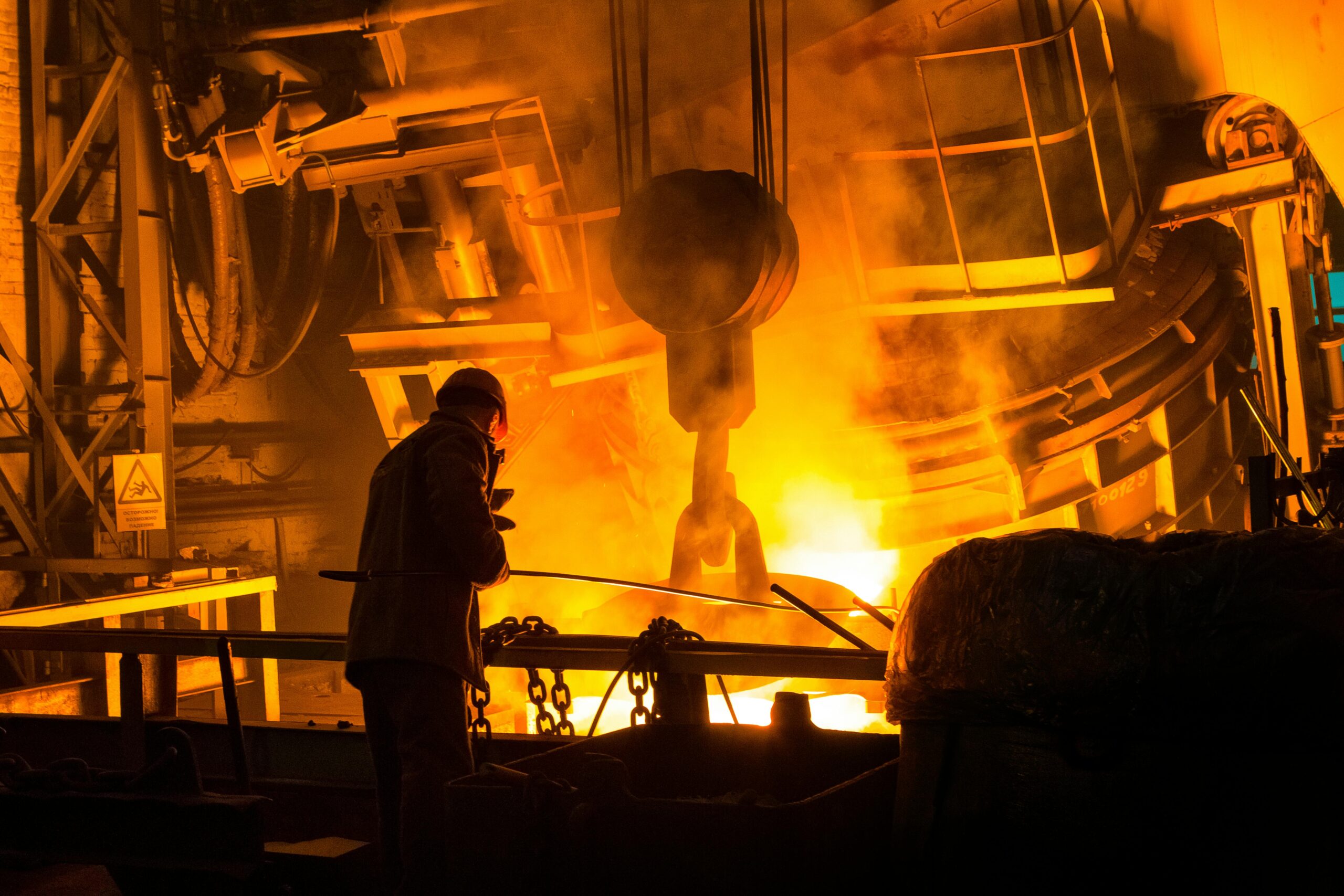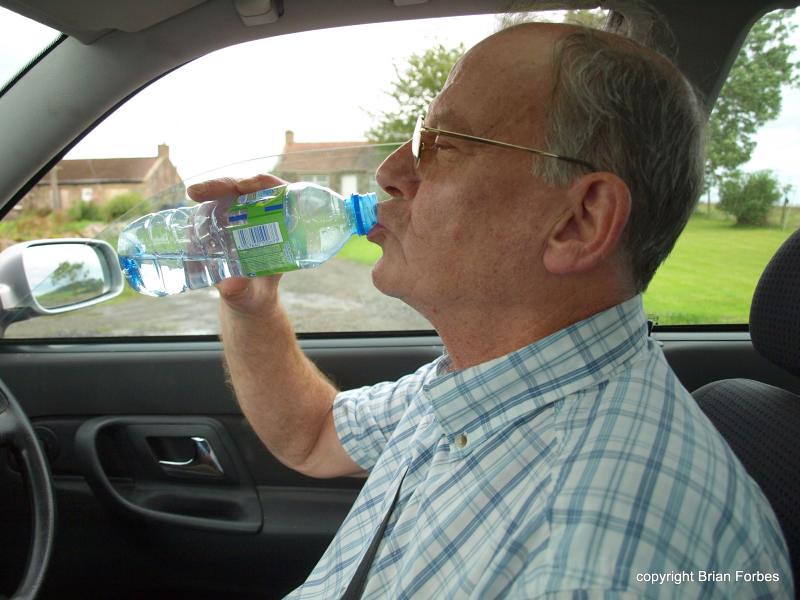Call or Text
801-438-4793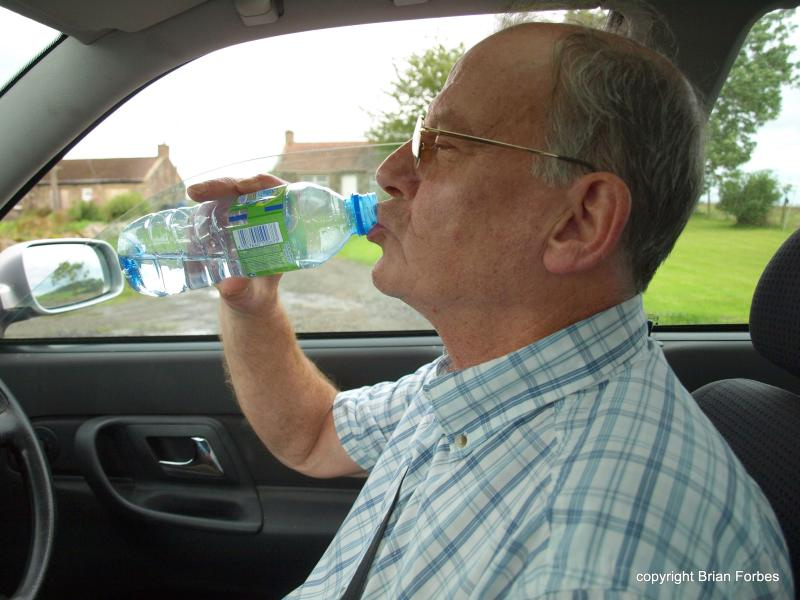
Clean Drinking Water Technologies
May 6, 2014
Access to clean drinking water is a matter of survival. It is also, unfortunately, something that much of the developing world lacks. The lack of reliable potable water is a major contributor to preventable disease and death in developing areas across Africa, Asia, and Latin America. This scarcity of clean drinking water affects billions of people and is a problem that can be easily remedied with technology. There are numerous simple technologies that use available natural resources to purify local drinking water. Repairs and maintenance of existing water sources are also effective ways to ensure that drinking water is healthy. Here are a few technologies that can purify water and help provide easy access to communities worldwide.
Well Repair
Wells are a major source of water throughout the world, but many wells are in disrepair and the water is contaminated. Fixing and maintaining existing wells is an easy and effective way to ensure that communities have a clean, reliable water supply. WaterAid, a non-profit organization, trains individuals in well maintenance to help fix hand pumps and maintain well systems to help keep water supplies potable.
Solar Stills
Stills use evaporation to produce clean water. On a large scale, solar stills can be effectively used to produce clean drinking water. Solar stills use the rays of the sun to evaporate water and emit clean water for drinking and agriculture. Salty or contaminated water is collected on an evaporation floor and the sun’s rays are allowed to evaporate the water through a transparent cover on top of the floor. This can be a slow process but it is very simple and reliably produces clean water.
Water-Wind Turbines
This is a more technologically advanced clean water production system, but it is sustainable and can produce large quantities of clean drinking water. The turbine relies on dry ambient air, which it takes in and converts air to water through a cooling compressor, heat exchanger, and humidity condenser. The humid air condensation eventually produces water which is filtered and transferred down the tower for collection. This method is capable of producing between 500 and 800 liters of clean water per day from the dry air.
Merry-Go-Pump
This simple technology relies on play to provide clean drinking water to a community. The merry-go-round is built near an underground well which is connected to a designated 2,500 liter above ground tank. As children play and spin the merry-go-round, clean water is pumped and deposited into the tank for consumption. There is also a borehole connecting the well and tank to allow any excess water to be diverted back into the well. This has been an effective technology for clean water extraction in many rural communities as it combines human energy and play to produce potable water.
Recent News
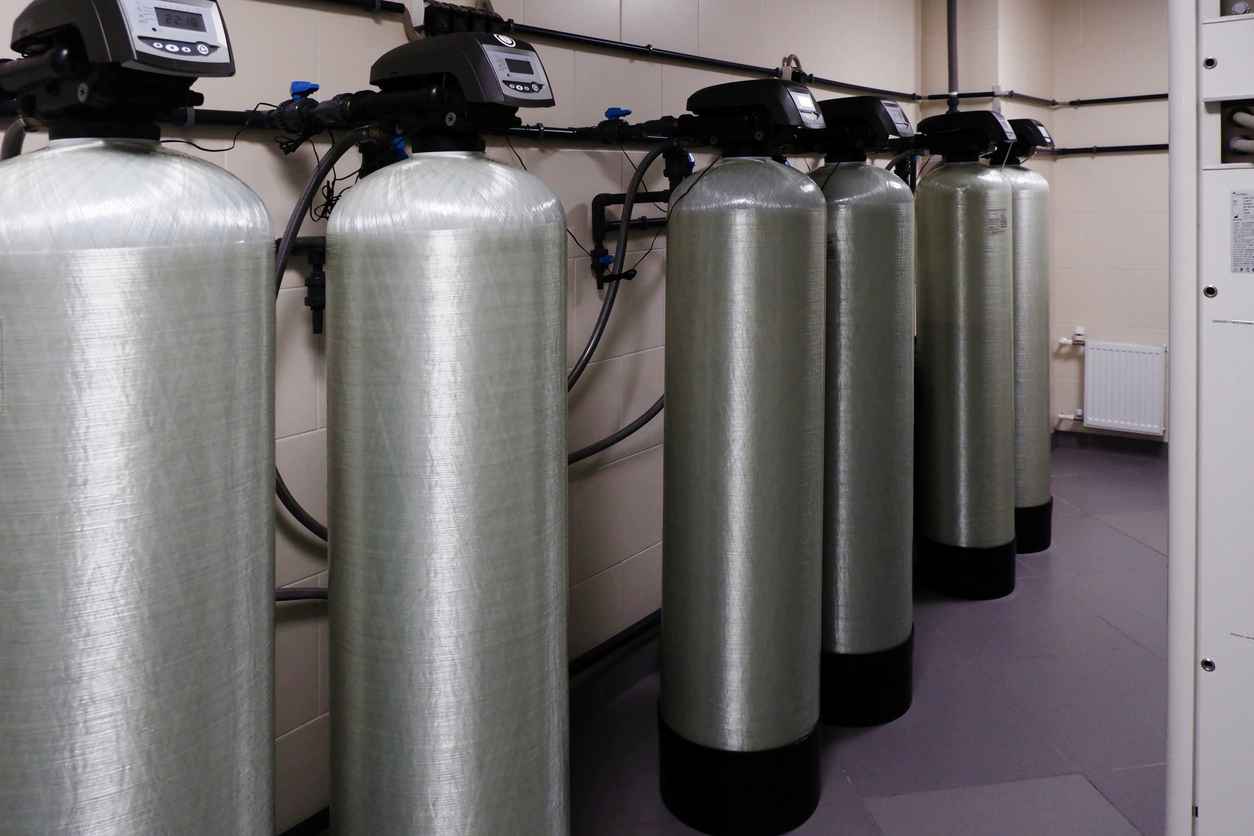
Do You Need a Water Softener? How to Tell & How You Benefit
May 29, 2025
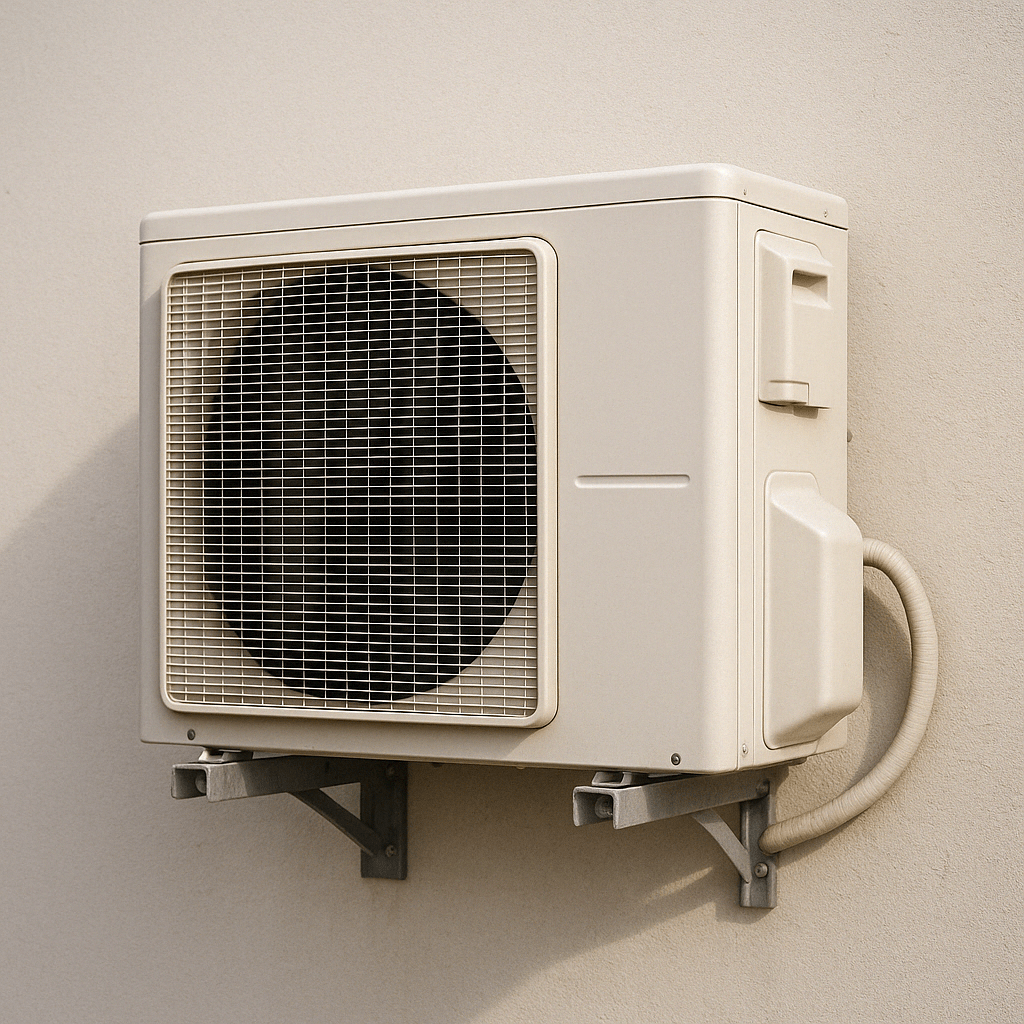
Get Your Air Conditioner Ready for the Summer with Superior Water & Air
April 21, 2025
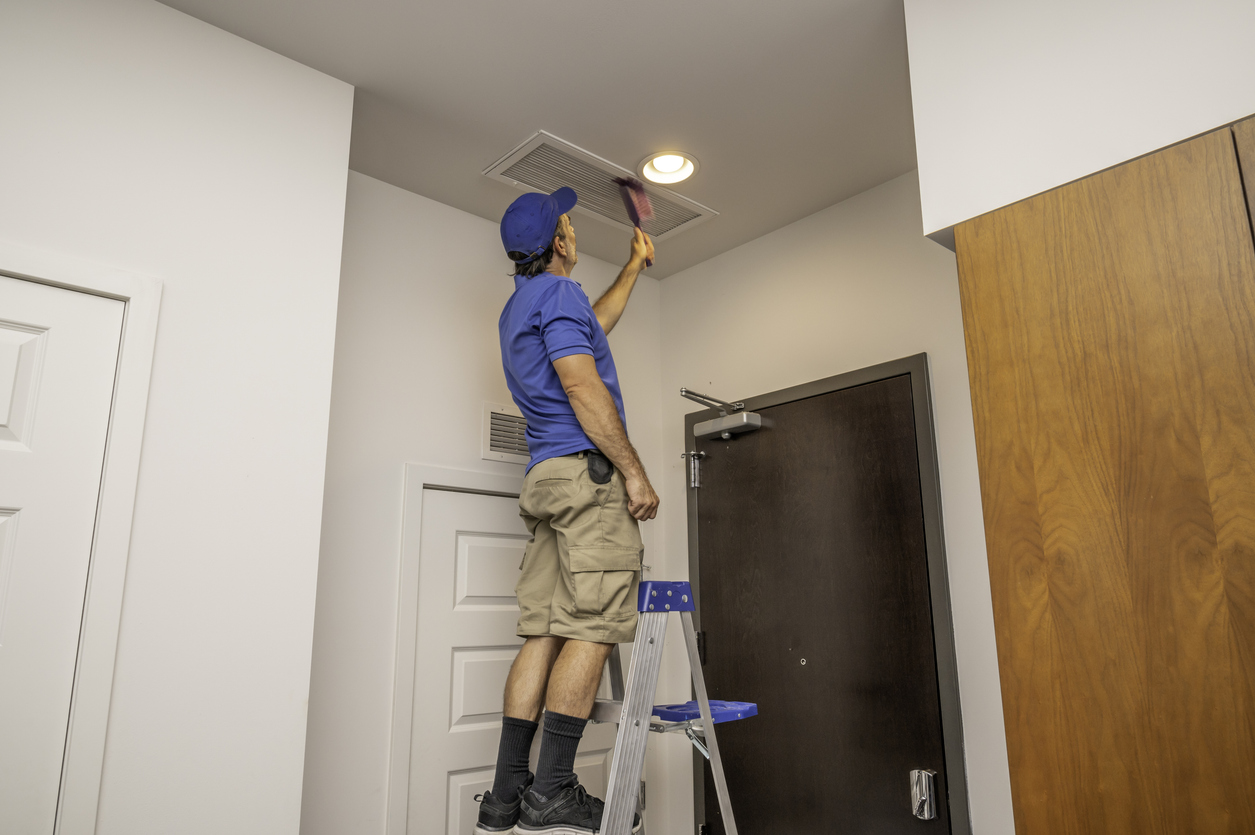
Why You Need the Air Ducts Cleaned in Your Home: Benefits & More
April 3, 2025
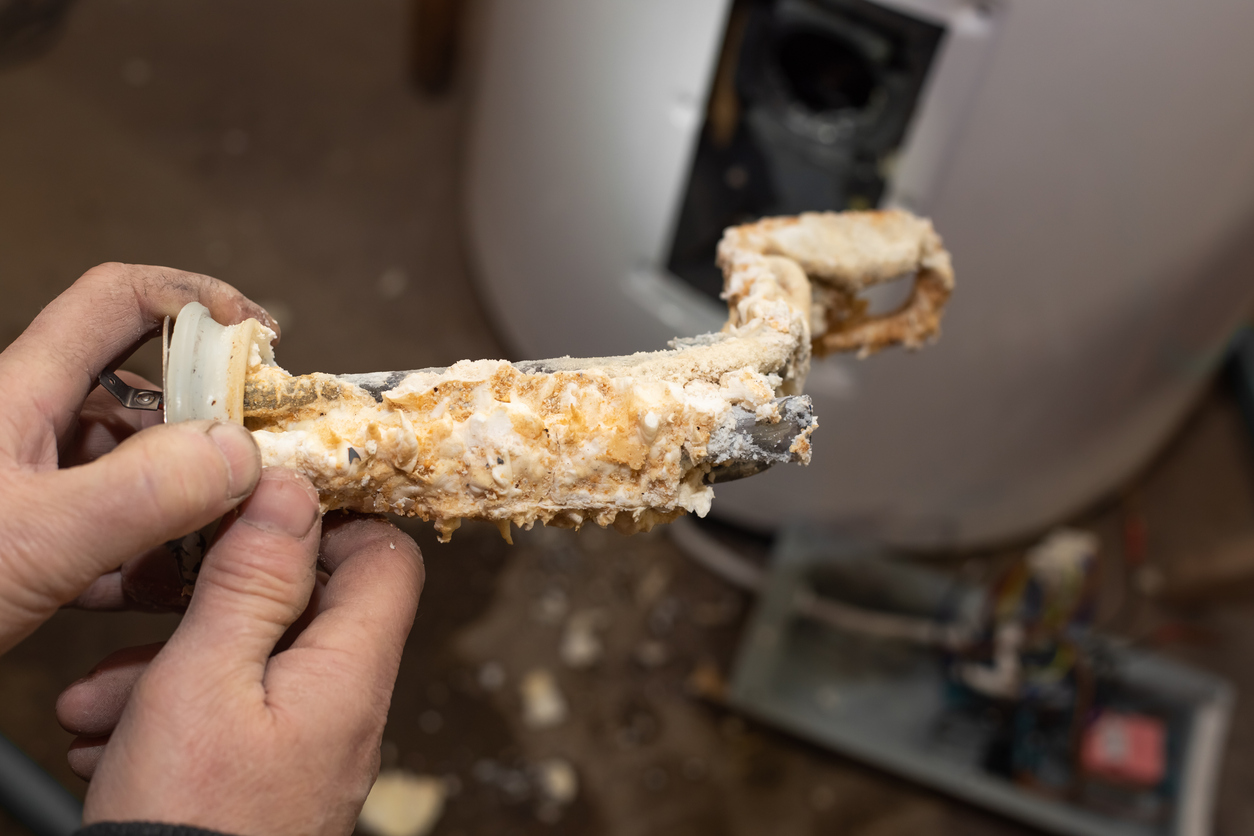
How to Determine Water Hardness & Treat Effectively
February 25, 2025

How to Save On Your Heating Bill During Winter
February 10, 2025
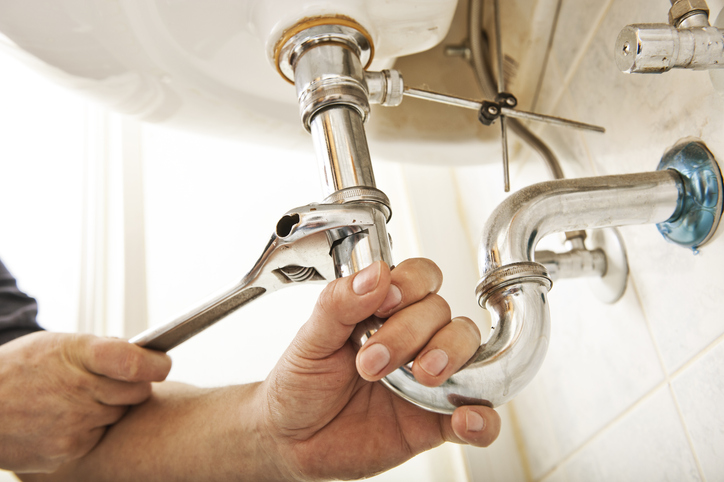
Cost Savings with Proper HVAC and Plumbing Systems in Winter
December 9, 2024
